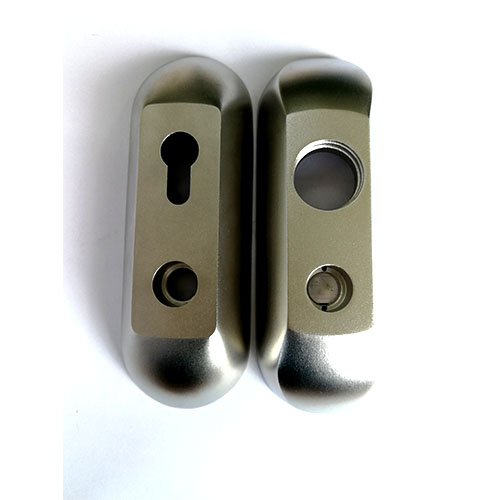What are the cooling methods for precision castings?
The application scope of precision castings is getting wider and wider, and there are more and more manufacturing processes, among which refrigeration process is an essential process. Some people need to experience the solid change of aluminum alloy, and the metal will change during the change process. For example, carbon The volume of steel changes from the δ phase to the opposite direction and becomes smaller. When the phase undergoes a uniform crystal change, the volume expands.
However, if the ambient temperature of each part of the casting is the same, the external economic stress during the solid phase transformation may not occur, only the external economic stress. When the phase transformation ambient temperature is higher than the critical pressure of plastic-elastic change, the aluminum alloy undergoes phase transformation. It is in a state of plastic deformation. Even if there is temperature in each part of the casting, the phase change stress is not large and will gradually reduce or even subside.
If the ambient temperature of the phase change of the casting is lower than the critical pressure, the temperature difference between various parts of the casting is large, and the phase change of each part is different at any time, which will cause external economic phase change stress. Because the phase change is different at any time, the phase change stress may become temporary stress or residual stress. stress.
When a solid phase change occurs in the thick-walled part of an investment casting, the thick-walled part is still in a state of plastic deformation. If the steam heat of the new phase exceeds the steam heat of the old phase during the phase change, the thick-walled part will expand during the phase change. , and the thick-walled part is extended by plastic deformation. The internal structure of the effective casting only undergoes a small tensile stress, which expands at any time and gradually subsides. In this case, if the casting is continuously cooled, the thick-walled part will undergo phase change and increase the volume. .Since it is already in an elastic state, the thick-walled part will be stretched by the elasticity of the inner layer, forming a tensile stress. The thick-walled part will be tightened by the surface elasticity, forming a compressive stress, and the remaining corresponding stress will be.
When a part of the thick wall of the casting converts to solid phase transformation, the part of the thick wall is already in an elastic state. If the new contrast volume exceeds the old appearance, the part of the thick wall will be elastically stretched to form a tensile stress, while the part of the thick wall will be elastically stretched to form a tensile stress. Tightening constitutes temporary compressive stress. At this time, the sign of phase change stress is the same as that of thermal stress, that is, stress accumulation. When the casting continues to cool until a part of the thick wall undergoes phase change, the vaporization heat expands, causing the phase change stress formed in the previous section to subside. .


